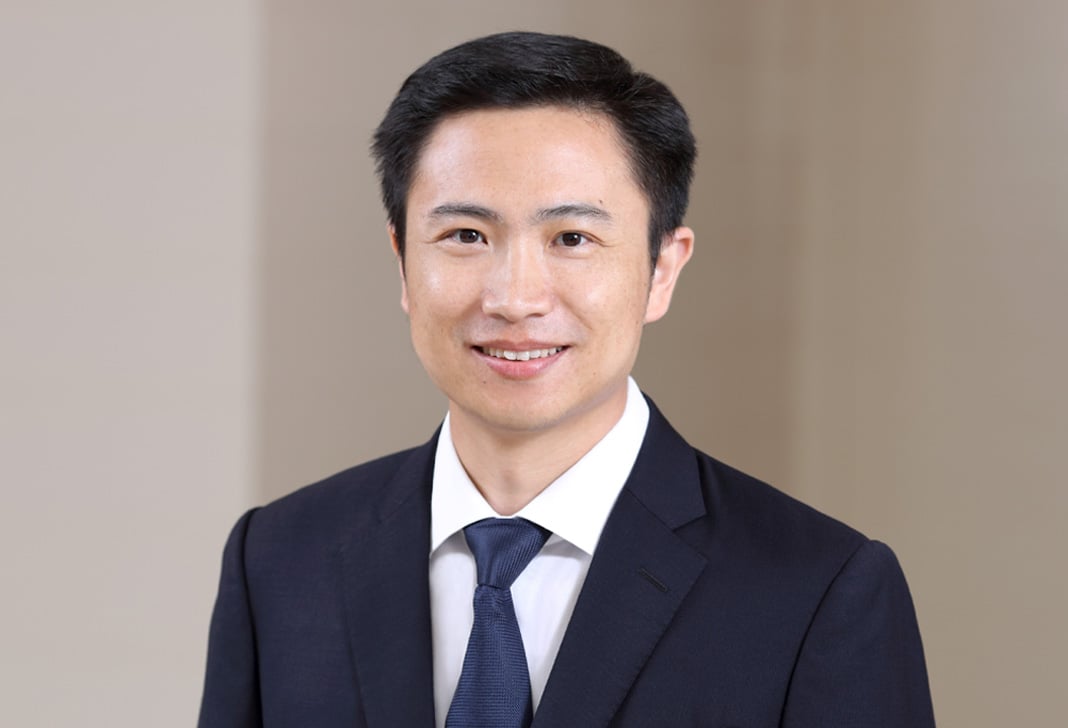
Chinese Court Enforces Mandatory Licensing for "Essential Facility" Patents in Antitrust Case
In Short
The Development: China's Ningbo Intermediate People's Court ruled that Hitachi Metals ("Hitachi") allegedly abused its dominance when it refused to license patents necessary for the production of sintered neodymium-iron-boron ("sintered NdFeB").
The Significance: This is the first case in which a Chinese court applied the "essential facilities doctrine" to patents that are not standard-essential patents. The controversial doctrine requires a dominant company to provide its competitors with access to an asset that its competitors must have to compete.
Looking Ahead: Hitachi has appealed the ruling to the Supreme People's Court. However, unless and until that court overrules the decision, licensors with "necessary" patents should evaluate their licensing practices in view of the Ningbo court's decision. Licensors should develop and document their legitimate, procompetitive reasons for denying a license.
Background
Ningbo Ketian Magnet Co., Ltd. ("Ketian") and three other Chinese local magnetic material manufacturers filed complaints against Hitachi in 2014. The dispute centered on Hitachi's portfolio of patents related to sintered NdFeB, which is a magnetic material made from rare earth metals. Although the court noted that Hitachi is the "recognized worldwide leader" in the field, with more than 600 related patents in major jurisdictions, the technology is not the subject of any industry standard, and Hitachi made no promise to license its IP rights on fair, reasonable, and non-discriminatory ("FRAND") or any other terms. In the years leading up to the lawsuit, Hitachi licensed patents to eight other magnetic material companies in China.
According to the court's findings, sintered NdFeB is the mainstream magnetic material widely used for many applications, although there are other types of magnetic materials based on different materials or processes. The court's decision reported that Hitachi was the leading supplier for sintered NdFeB globally with a market share of 9.1% in 2016. There are approximately 200 other sintered NdFeB suppliers globally, nearly all of which operate without a license from Hitachi. Despite the large number of suppliers, the court found that the Chinese magnetic material suppliers' ability to export sintered NdFeB to the United States, Germany, and other key countries would be constrained absent a license from Hitachi.
The Parties' Claims
The plaintiffs argued that licensing of Hitachi's patent portfolio relating to sintered NdFeB was a relevant product market in which Hitachi was dominant. Plaintiffs further alleged that Hitachi committed two antitrust violations, (i) bundling "non-essential" patents with "essential" ones and (ii) refusing to license to the plaintiffs.
Hitachi's defense centered on market definition. It argued that the real relevant product market was the downstream market for sintered NdFeB and that there could be no harm to competition in a market with such fierce competition.
The Court's Ruling and Reasoning
The court's decision follows a four-step analysis: (1) defining the relevant market; (2) finding Hitachi's alleged dominance in the relevant market; (3) finding Hitachi's allegedly abusive conduct; and (4) determining the appropriate remedies including damages. The court also noted that steps (1) and (2) may not be necessary in cases where the abusive conduct is obvious.
The court ruled that Hitachi's patents were "de facto" essential, and that the company's refusal to license them without reasonable justification was an abuse of dominance.
Definition of Relevant Product Market
The court adopted two markets, an upstream market for the licensing of patents and a downstream market for products sold based on the patents. Starting with the downstream market, the court determined that sintered NdFeB was a separate relevant product market from other magnetic materials due to its unique characteristics and functions, substantial use in high-tech applications, and other factors. The court also The court also cited a past Hitachi merger filing, which had defined sintered NdFeB as a separate product market.
Having defined a separate market for sintered NdFeB, the court then defined a separate upstream product market for the licensing of Hitachi patents necessary for production of sintered NdFeB ("Hitachi Necessary Patents"), based on plaintiffs' expert reports and Hitachi's marketing materials, which promoted its patents as "essential" and "critical." The court noted that it would have defined a broader upstream licensing market had it determined that sintered NdFeB was in a downstream relevant market with other magnetic materials because potential licensees could seek substitute patents to make products to meet the needs of end customers.
Abusive Conduct
The tying count. The court dismissed the plaintiffs' claim that Hitachi improperly tied essential and non-essential patents, holding that the plaintiffs lacked standing to assert the claim because they were not licensees of the Hitachi Necessary Patents. The court also found that Hitachi neither explicitly nor implicitly said that it would require purchase of non-essential patents in the license package.
The refusal to deal count. The court found that Hitachi had improperly refused to deal with the plaintiffs. First, the court reasoned that because IP fosters innovation and public welfare, application of the essential facility doctrine, which compels access, warrants great caution. Specifically, the court highlighted five necessary conditions that a plaintiff must satisfy to state a proper essential facility doctrine claim:
- Access to the "facility" (or, in this case, IP) must be necessary for other market players to compete;
- The defendant controls access to the facility;
- Competitors cannot replicate the facility using reasonable efforts;
- The defendant unreasonably refuses to provide competitors access; and
- It is possible for the defendant to provide access.
The court found that Hitachi's refusal to license the Hitachi Necessary Patents to the four Chinese plaintiffs substantially restricted and eliminated competition in the downstream market, even though Hitachi already had licensed eight other Chinese competitors. The court did not address the fact that there were an additional 200 smaller, unlicensed sintered NdFeB suppliers in the downstream market.
To justify its decision not to license to the plaintiffs, Hitachi argued that (i) the parties never had substantive commercial negotiations because the plaintiffs did not respond to Hitachi's information requests about their respective production processes, and (ii) the plaintiffs initiated proceedings to invalidate Hitachi's patents, indicating their lack of sincerity for licensing negotiations. The court did not accept either argument, finding that Hitachi had refused to deal with plaintiffs in violation of the Anti-Monopoly Law, specifically:
- When the plaintiffs approached Hitachi to discuss licenses, Hitachi neither responded within a reasonable period nor provided specific pricing terms.
- Without providing any commitment to license, Hitachi requested that the plaintiffs provide a large amount of information, including specifics about their manufacturing technology or process.
- Hitachi terminated negotiations because the plaintiffs challenged the validity of certain Hitachi patents. The court rejected that justification under Anti-Monopoly Law implementing regulations, which prohibit a dominant licensor of IP from prohibiting challenges to the validity of its IP.
- Hitachi did not provide any procompetitive reasons for not granting licenses to the plaintiffs, e.g., concerns regarding the impact of a license on innovation or efficiencies.
Calculation of Damages
The plaintiffs argued that damages should be based on comparing the plaintiffs' performance with those of other licensed Chinese competitors. The court applied an alternative methodology, noting that variations in performance among different companies may result from several factors. The court held that royalties usually reflect parties' mutual assessment of the value of relevant patents and provide a proper measure to calculate damages. The court calculated damages based on the average royalty rate paid by the eight licensed Chinese companies and the average annual sales of the plaintiffs between 2014 and 2017.
Two Key Takeaways
- China's Ningbo Intermediate People's Court is the first court in China to rule that an allegedly dominant company abused its dominance by refusing to license patents that are not standard-essential patents.
- Hitachi has appealed the Ningbo Court's ruling to the Supreme People's Court, which will conduct a complete review of the decision. Unless and until that decision is overturned, licensors with patents that are considered necessary for marketplace participation should reevaluate how they conduct preliminary discussions with potential licensees in China. Licensors should consider:
- Responding to a potential licensee's requests or questions within a reasonable period of time, to the extent that those questions are reasonable.
- Not requiring potential licensees to provide significant confidential information in preliminary negotiations.
- Not raising other requests that may be misinterpreted as malicious attempts to construct obstacles for the negotiation.
- Refraining from directly or indirectly enforcing an IP "no-challenge clause."
- Clearly communicating and documenting legitimate reasons for any refusal to license IP.





